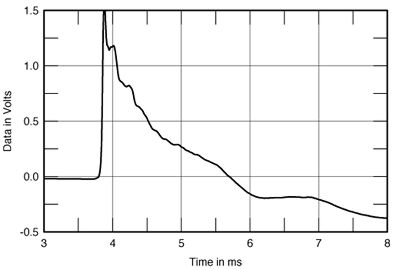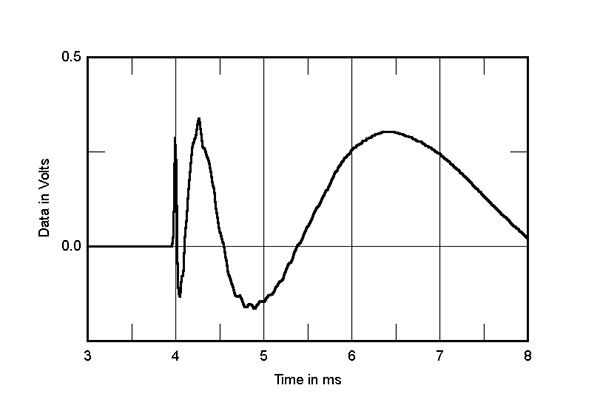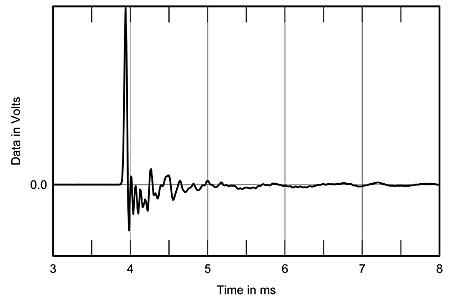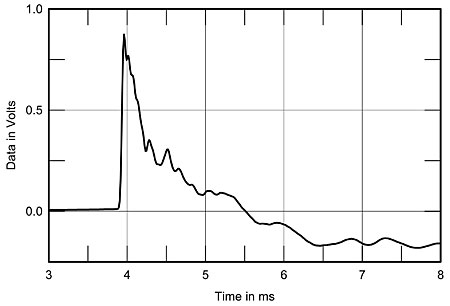I lost interest in them after reading the pro reviews at Sweetwater. More of an analytical tool than for musical enjoyment. Ruthlessly revealing, shows everything on the recording, and if you have bad recordings speaker will show that bad sound. Plus I do not need 116dB listening levels. MEME does allow:
"With the turn of a knob, one can switch from the MicroMain27′s brutally revealing “Flat” response to the warmer and sweeter “Hi-Fi” setting, generically emulating the sound of some high-end consumer audio gear".
But it got me thinking about another pro monitor that made it into the audiophile community Earthworks Sigma 6.2 loudspeaker. I am not a big fan of poly cones but is often necessary in 1st order due to large bandwidth they must cover to avoid the nasty breakups.
Both Barefootsond and Earthworks use a 1st order (12 dB/octave) Most speakers don’t have that. Vandersteen and old Thiel’s being the exceptions. But setup is a nightmare and require to have head-in-a-vise or loose the special effects. But pro monitors are made for nearfield listening so the room effects may not matter.
Earthworks Sigma 6.2 step response shows an excellent, time-coherent right-triangle shape,

It is very rare, in my experience, to find a loudspeaker that excels in both the frequency and time domains. Taken overall, its measurements suggest that the Earthworks Sigma 6.2 joins that small community.—John Atkinson
As an aside, I prefer nearfield listening for rock, pop, and techno. Possible because these genres are mastered nearfield so it makes sense music will sound best when played back the same way.
Audiophile speakers were originally designed for acoustic instruments played and recorded in real space. The dealer continued, if I listen to rock, might as well get some cheap Polks and be done with it. While I agree with the concept of what he said, I do believe rock music can benefit from better speakers. You just need to find the right kind.




